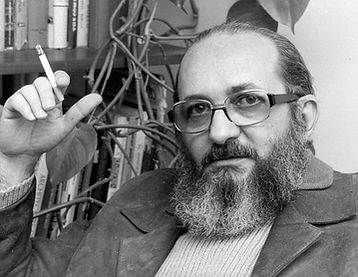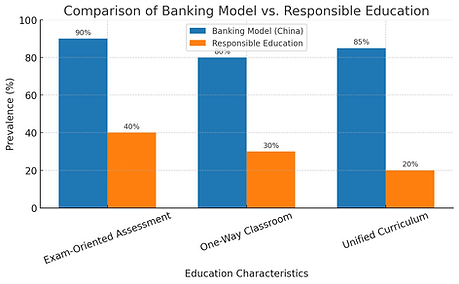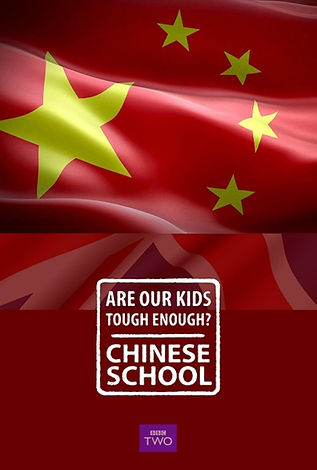Chinese Banking Education from a Critical Perspective
Welcome to my website! This exhibition aims to provide the public, educators, and students with a platform for critical reflection and open discussion on the Chinese education model.
Here, you will find:
An analysis of the Banking Model of Education;
Related educational theories, case studies, and multimedia resources.
I believe that education is not merely the transmission of knowledge, but also the awakening of ideas and a force for social change. We hope you will gain new perspectives here, share your experiences, and participate in the dialogue to advance educational reform.

“Education thus becomes an act of depositing, in which the students are the depositories and the teacher is the depositor.” (Freire, 2000, p. 72)
Paulo Freire’s Works & Theories

Paulo Freire wrote in “Pedagogy of the Oppressed” that under the structure of banking education, teachers imparting knowledge to students becomes a deposit transaction, with students as deposit accounts and teachers as depositors. Teachers do not engage in dialogue with students but instead disseminate information and make deposits. Students, in turn, patiently receive, memorize, and repeat this content. This is the so-called “banking” education concept, where students' scope of action is limited to receiving, filing, and storing information. This stifles students' autonomy and innovative capabilities.
This educational model is consistent with China's exam-oriented education system. Chinese students are not required to think about the essence and origin of problems. They passively accept everything their teachers tell them in order to prepare for upcoming exams.
From Indoctrination to Dialogue: The Reality and Challenges of Chinese Banking-Style Education
The main manifestations of bank-style education in China
(1) An exam-oriented evaluation system
Students' learning objectives are centered on exam scores, and teachers' teaching content revolves around the exam syllabus. This orientation reinforces the importance of rote memorization and standardized answers, stifling creative thinking.
(2) One-way classroom communication
Teachers are the sole authority on knowledge, and students have limited opportunities to ask questions and engage in discussion. Even when interaction occurs, it is mostly in the form of closed-ended questions that emphasize the “one correct answer.”
(3) Highly standardized curricula and textbooks
Textbooks and curriculum guidelines are uniformly developed at the central or provincial level, ensuring basic fairness but also reducing teaching flexibility and local adaptability.

Currently, Chinese education generally exhibits the characteristics of a “teacher-centered, fixed content, and single evaluation” banking model, while responsibility-based education emphasizes a “learner-centered, knowledge co-construction, and diverse evaluation” model. The former has advantages in terms of scale and uniformity, but the latter is more suitable for responding to rapidly changing social needs and cultivating innovative talent.


This BBC documentary chronicles a four-week educational experiment conducted at a secondary school in Hampshire, England: five teachers from China took charge of 50 British students aged 13–14 and taught them entirely according to traditional Chinese secondary school teaching methods.
This documentary effectively highlights the differences between traditional Chinese banking-style education and British problem-based education.